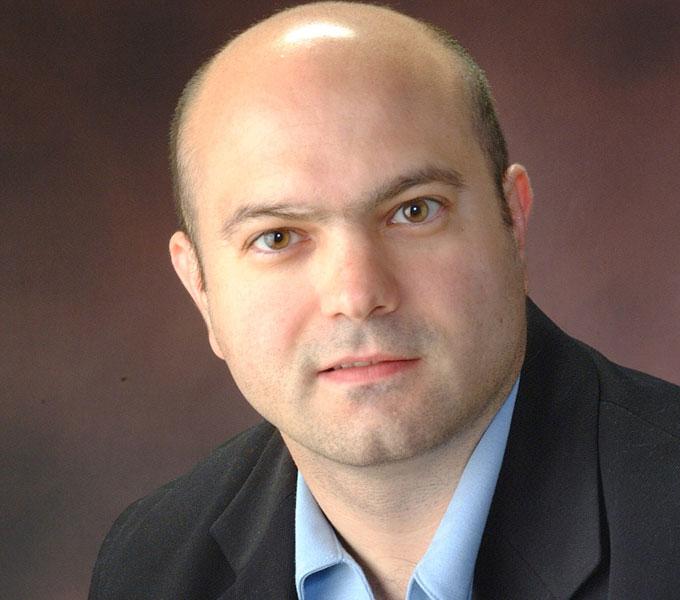Contributions to Public Health
- Developing multilevel approaches to injury risk: I developed methods to assess contextual injury risk across individual, structural, and neighborhood levels. This included pioneering work on age–crime curves and multilevel modeling of injury risk, emphasizing social determinants and cohort effects. I served as PI or lead methodologist on foundational studies that shaped how public health conceptualizes violence risk, integrating demographic transitions, place-based disparities, and life-course exposures into injury epidemiology and prevention research.
- Fabio A, Tu LC, Loeber R, Cohen J. Neighborhood socioeconomic disadvantage and the shape of the age–crime curve. Am J Public Health. 2011;101(Suppl 1):S325–S332. doi:10.2105/AJPH.2010.300034
- Fabio A, Yuan Z, Wisniewski SR, et al. Cohort differences in the progression of developmental pathways: evidence for period effects on secular trends of violence in males. Inj Prev. 2008;14(5):311–318.
- Advancing methods for assessing community-level risk: I contributed to developing methods for assessing community-level risk factors for injury and other outcomes, especially in underserved neighborhoods. Included applying spatial epidemiology, policy-relevant metrics, and commercial data to identify disparities in food access, injury patterns, and care utilization. My work informs how researchers integrate environmental, economic, and infrastructural factors in multilevel models, particularly in relation to population health inequities and community-level prevention.
- Mendez DD, Kim KH, Hardaway CR, Fabio A. Neighborhood racial and socioeconomic disparities in the food and alcohol environment: are there differences by commercial data sources? J Racial Ethn Health Disparities. 2016;3(1):108–116.
- Gary-Webb TL, Bear TM, Mendez DD, Schiff MD, Keenan E, Fabio A. Evaluation of a mobile farmer's market aimed at increasing fruit and vegetable consumption in food deserts: a pilot study to determine evaluation feasibility. Health Equity. 2018;2(1):375–383.
- Theory development in violence prevention and behavioral risk: My theoretical work explores how societal-level risk factors interact with individual behavior to shape violence and injury risk. I developed models that integrate behavioral data, surveillance, and demographic structures to profile multilevel risk. This work applies to analyses of firearm violence, media exposure, and opioids, offering a framework for understanding risk across nested systems and informing multilevel prevention approaches rooted in theory, evidence, and systems science.
- Fabio A, Duell J, Creppage K, O’Donnell K, Laporte R. Gaps continue in firearm surveillance: evidence from a large U.S. city Bureau of Police. Social Medicine. 2016;10(1):13–21.
- Creppage KE, Yohannan J, Williams K, Buchanich JM, Songer TJ, Wisniewski SR, Fabio A. The rapid escalation of fentanyl in illicit drug evidence in Allegheny County, Pennsylvania, 2010–2016. Public Health Rep. 2018;133(2):142–146.
- Advancing trajectory modeling in biomarker research: I adapted group-based trajectory modeling to analyze temporal changes in biomarkers after neurologic and critical events, including cardiac arrest and brain injury. This approach improved outcome prediction and prognostic model development using time-series biomarker data. I served as senior author on methodological and applied papers introducing this approach into clinical epidemiology. These innovations have since been used in studies of TBI, pediatric brain injury, and other critical care contexts.
- Elmer J, Gianakas J, Rittenberger J, et al. Group-based trajectory modeling of suppression ratio after cardiac arrest. Neurocrit Care. 2016;25(3):421–429. doi:10.1007/s12028-016-0297-6
- Niyonkuru C, Wagner AK, Ozawa H, Amin K, Goyal A, Fabio A. Group-based trajectory analysis applications for prognostic biomarker model development in severe TBI: a practical example. J Neurotrauma. 2013;30(11):938–945. doi:10.1089/neu.2012.2578
- Equity-focused teaching, mentoring, and institutional leadership: I developed and teach an undergraduate course on the Epidemiology of Firearm Injuries (started in 2023) and mentor students in violence prevention, disparities, and equity. I also developed and teach a graduate class in Social Epidemiology (started in 2017) using applied, anti-racist frameworks. As co-founder of Epidemiologists Promoting Equity and Anti-Racism (established in 2020), I co-led a departmental equity audit that produced changes to hiring, mentoring, and curriculum. I continue to advocate for embedding structural competency and anti-racist pedagogy into training, mentoring, and academic systems.
Education
1990 | University of Pittsburgh, Pittsburgh, PA | BA, Clinical Dietetics/Nutrition
1994 | University of Pittsburgh, Pittsburgh, PA | MPH, Epidemiology
1999 | University of Pittsburgh, Pittsburgh, PA | PhD, Epidemiology
Teaching
PUBHLT 0433 Epidemiology of Firearm Injuries and Death
EPIDEM 2143 Social Epidemiology
